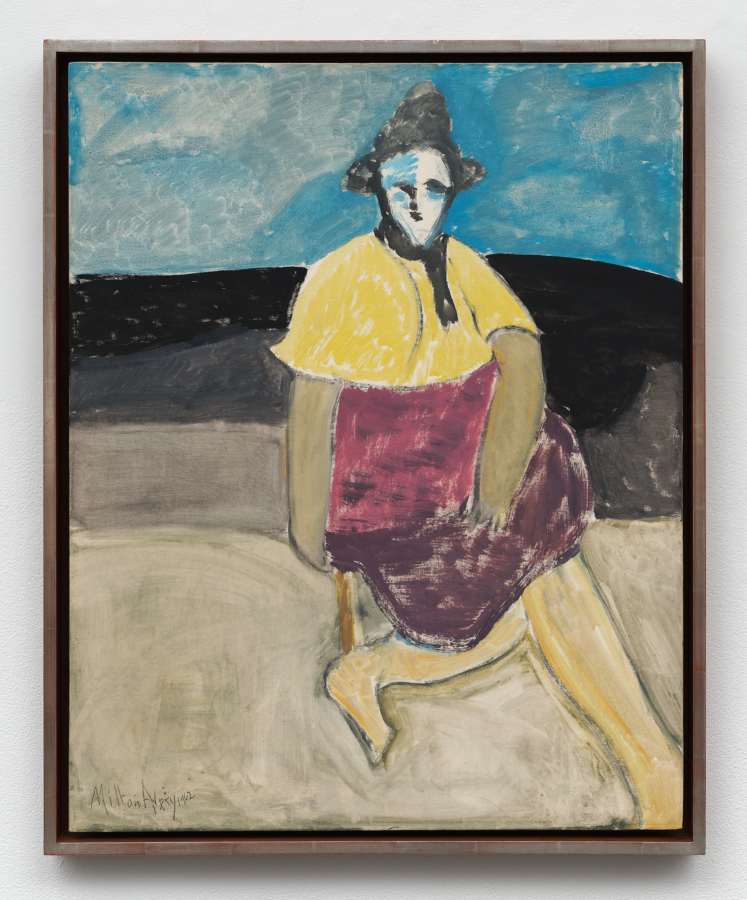May 17, 2019
Download as PDF
View on Hudson Valley One

Photo: Dion Ogust
Peter Bradley’s paintings are visceral, utterly engaging, as three-dimensional as they’re canvas-based. One of a handful of enterprising Color Field painters who took up acrylic gel paint for its own unique properties in the early 1970s, and hence influenced entire schools of modern abstract painters throughout his 50-plus year career (including the New New Painters of the 1980s and 1990s), Bradley will discuss his various careers as an artist, a gallerist, and a social mover in a special Woodstock School of Art event this Sunday, May 19, at WSA,2470 NY-212 in Woodstock. The program is in collaboration with Saugerties’ Emerge Gallery, where Bradley’s paintings will be on view in a new exhibition entitled Peter Bradley: New Work, June 1-June 30. Emerge Gallery is at 228 Main Street in Saugerties.
As a Pennsylvania-born artist who studied painting in Detroit and at Yale, then made his first mark at the 1973 Whitney Biennial, Bradley simultaneously earned a living as associate director of the uptown New York Perls Galleries from 1968 until 1975, where he grew adept at talking up and selling Modernist greats, from Picasso to Calder.
Bradley was the first gallerist to integrate black artists in among their white contemporaries; later, in the 1980s, he spent time in South Africa working up a body of sculpture that addressed the evils of that nation’s apartheid policies.
Meanwhile, the artist kept exploring his work, weaving in and out of Color Field and pure abstract monikers, while simultaneously delving into the creative properties great art suppliers were making available.
Bradley’s work is in the permanent collections of a number of galleries and museums, including The Museum of Modern Art, The Metropolitan Museum of Art, The Museum of Fine Art in Houston, The New York City Museum of Art, African American Museum in Dallas, The Fogg Museum at Harvard University, and Johannesburg Art Foundation in South Africa. In 2017 Bradley completed an Artist in Residence at the Squire Foundation, and he’s donated his papers from his work as a gallerist to the Smithsonian Institute’s Archives of American Art.



